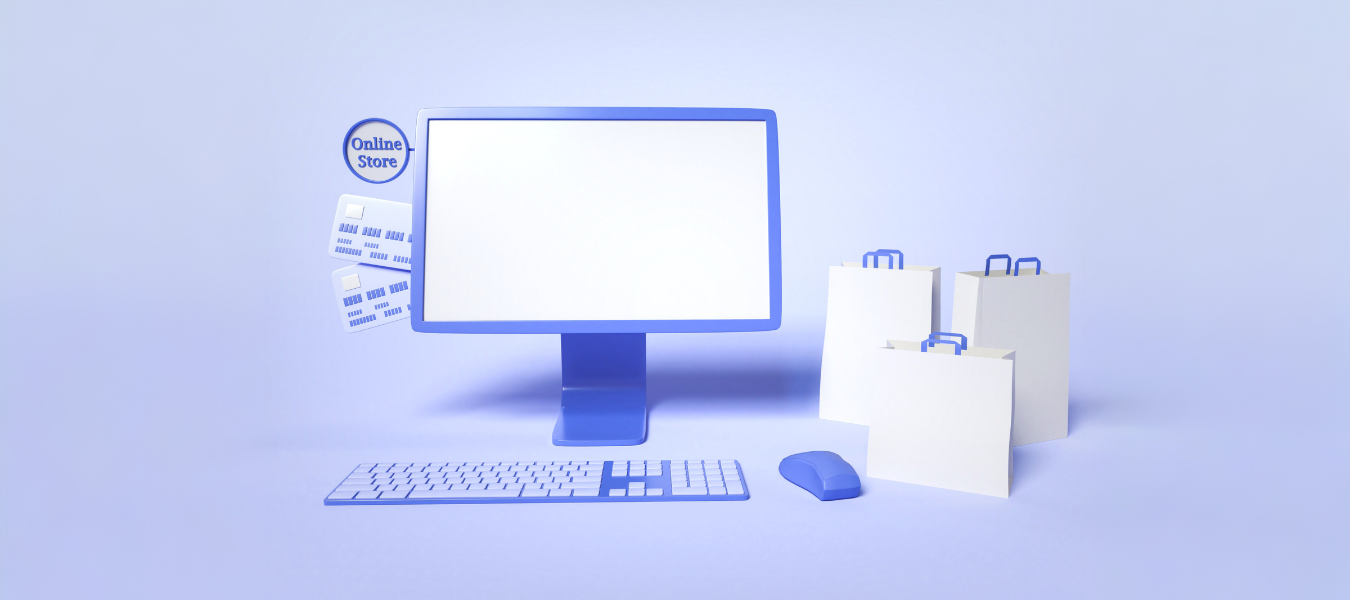



Dropshipping has thrived for years on one simple formula: source affordable products overseas, list them online, and fulfill customer orders without ever handling inventory. But in 2025, this once-smooth model has hit a major roadblock. On April 2, 2025, former President Donald Trump — now in his second, non-consecutive term — announced sweeping changes to U.S. trade policy, including a series of aggressive new tariffs on imported goods.
The most notable: a staggering 145% cumulative tariff on imports from China. Even low-value goods that were previously exempt are now affected. As a result, e-commerce sellers and dropshippers alike are facing skyrocketing costs, longer shipping delays, and a sudden need to rethink how — and where — they source products.
If your store relies on Chinese suppliers or thin margins, this shift could feel like a full-blown crisis. But the good news? With the right tools and a new approach to sourcing, dropshipping isn’t just possible — it can still thrive. Let’s break down what’s happening, how new tariffs affect sellers, and how your store can adapt.
The “Liberation Day” tariff policy, introduced in early April 2025, represents a dramatic shift in U.S. import strategy. The policy includes:
The intentions behind these tariff policies are clear: to level the playing field for American manufacturers, discourage dependency on low-cost foreign imports, and bring more production back to U.S. soil. Politically, the policy has been framed as a necessary corrective measure after years of trade imbalances and supply chain vulnerabilities exposed during the COVID-19 pandemic and global geopolitical shifts.
But for e-commerce businesses — especially dropshippers — the reality is far more complex. These tariffs have effectively disrupted one of the key competitive advantages of the dropshipping model: the ability to source a wide range of affordable goods from China with little upfront investment and minimal friction. In today’s tariff era, products that were once viable at $5–10 are no longer economically sustainable at double or triple the cost. This forces sellers to either absorb the losses, raise retail prices (risking customer churn), or completely rethink their sourcing strategies.
In short, the Trump tariffs have introduced not only higher costs but also deeper uncertainty. Sellers must now consider not just what to sell — but where it’s coming from, how fast it ships, and how the changing regulatory environment might impact their operations in the months ahead.
A tariff is a tax imposed by a government on imported goods. As was stated above, the goal is to make those goods more expensive, which in theory encourages consumers to buy domestically produced alternatives. Governments also use tariffs as leverage in trade disputes or negotiations.
For dropshippers, however, tariffs are a direct hit to your bottom line. Well, you’re likely sourcing products internationally — often from countries like China — where production costs are low and supply chains are fast-moving. When tariffs are introduced, your supplier doesn’t pay that tax — you do.
For example, if you were sourcing a product from China that cost $10 wholesale, a 145% tariff would raise that base cost to $24.50 before shipping, platform fees, or marketing. Multiply that across hundreds of orders and your profit margins disappear fast.
And it’s not just about pricing. Tariffs often bring added paperwork, slower customs clearance, and more logistical hurdles — making fulfillment timelines longer and less predictable.
For the global e-commerce community, these new tariffs are more than just a speed bump — they’re a structural shift. For U.S.-based dropshippers in particular, sourcing from China has always been the most cost-effective route. Now, that model is under real pressure.
1. Increased product costs: The 145% tariff on Chinese goods effectively doubles or triples what you’d normally pay for common items. Popular products like phone cases, fitness bands, and small electronics are no longer profitable at their old price points.
2. Elimination of the $800 de minimis exemption: Previously, items under $800 could be shipped from China to the U.S. duty-free. That exemption is now gone, which means tariffs now apply even to low-ticket items.
3. Reduced availability from major suppliers: Many popular Chinese dropshipping platforms (e.g., AliExpress, Temu) may remove listings or increase prices significantly to compensate. Some suppliers are even abandoning U.S. fulfillment entirely due to shipping and customs complications.
4. Slower delivery times: As customs processes become more thorough and overloaded, you may see extended shipping windows — which harms customer satisfaction and increases refund risks.
5. Margin compression: With product and shipping costs rising, many sellers will be forced to raise their retail prices. But with so many alternatives available online, consumers may choose competitors or marketplaces with better value and faster delivery.
The bottom line: dropshipping from China to the U.S. has become less viable. Sellers who don’t adapt will face declining profitability and growing customer dissatisfaction. But don’t panic. There’s still many ways to adapt. Agility is everything, right?
Despite the challenges, this is not the end of dropshipping. In fact, many top-performing sellers are already shifting strategies and finding new ways to thrive.
Here’s how you can adapt your store in a tariff-driven market:
One of the most effective ways to protect your margins and avoid tariff headaches is to source products domestically. U.S.-based suppliers are not subject to import taxes, and they offer faster shipping — typically 1–3 business days (that’s possible when sourcing products with Onlihub). This not only keeps your fulfillment timeline tight but also gives you a customer service advantage over competitors relying on overseas logistics.
Mysellerhub, in partnership with Onlihub, gives you access to over 300 U.S.-based DTC and private-label brands — all available in one catalog. You can list these items directly in your store with professional product content, reliable fulfillment, and no surprise import fees.
Low-ticket, low-margin items are the most vulnerable under the new tariff rules. Shift your product strategy toward higher-value items where there’s more room to absorb increased costs. Consider bundles, product kits, or niche premium goods that can justify a higher price point.
As supplier costs change, automation ensures your pricing stays profitable without constant manual updates. Tools like Mysellerhub help you set pricing rules, sync inventory across platforms, and keep product listings accurate — saving time and reducing errors.
Don’t rely solely on the U.S. market. Explore selling in other regions — such as the UK, Canada, or Australia — where tariff policies may be more favorable, and competition may be less intense. In that case, look for supplier options that support international fulfillment or localized warehouses.
This new tariff era is fluid. Government trade policy may shift again based on future elections, global supply chain pressure, or industry lobbying. Stay informed on regulation changes and adjust your supplier mix accordingly.
Trump’s 2025 tariff policy has surely changed the e-commerce landscape, especially for the U.S.-based dropshippers who relied heavily on affordable goods from China. The old model — cheap imports, fast shipping, easy margins — has become much more difficult to sustain.
But this isn’t the end of dropshipping — it’s a call to evolve.
Smart sellers are already moving toward domestic suppliers, higher-margin products, and automated systems that reduce risk and increase efficiency. With trusted dropshipping tools like Mysellerhub, you don’t need to be overwhelmed by shifting policies or disrupted supply chains.
Just remember that signing up to Mysellerhub gives you direct access to a robust catalog of tariff-free U.S. products via Onlihub, automated order fulfillment, inventory sync, pricing adjustments, and multi-store management — so your business stays competitive in any economic climate. Moreover, products from Onlihub come with optimized titles, images, and descriptions, ready to publish. Mysellerhub then automates the rest.
In a world of uncertain policies and rising costs, adaptability is your greatest asset — and Mysellerhub is your best ally.





